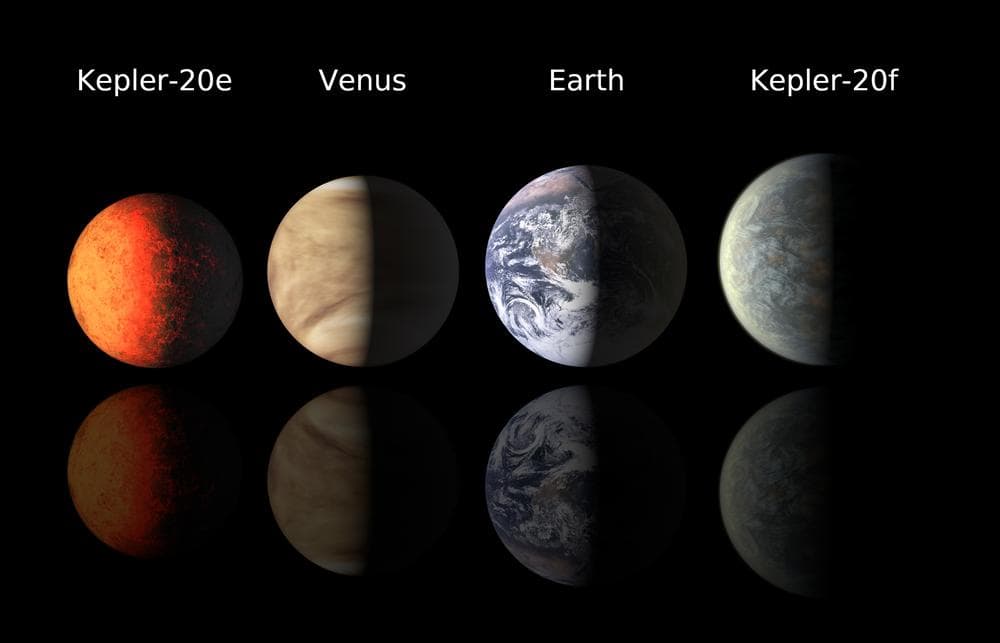Advertisement
Physicist Brian Greene Explains New Planets, Higgs Particle
Resume
Astronomers say they've found two more earth-sized planets orbiting a distant star. Planet hunters say this is a step toward finding a planet in the so-called "Goldilocks Zone," a spot neither too cold, nor too hot, which can support water, and possibly life.
"I think it's tremendously exciting," physicist Brian Greene told Here & Now's Robin Young. "We've asked for ages, since we could even think, whether or not we we're the only life in the universe. And the first step towards really being able to answer that is to try to find other planets that might support life, or at least life as we understand it," he said.
On earth, meanwhile, physicists have been crashing particles against each other in the Hadron Collider underneath Geneva. They say they may have evidence for the existence of the Higgs particle, the last remaining piece of evidence needed to prove the standard theory of how particle physics works.
- Here & Now: Brian Greene On 'Icarus At The Edge Of Time'
- New York Times: Waiting For The Higgs Particle
Guest:
- Brian Greene, professor of physics and mathematics at Columbia University, and author of, "The Hidden Reality: Parallel Universes and the Deep Laws of the Cosmos."
This segment aired on December 21, 2011.